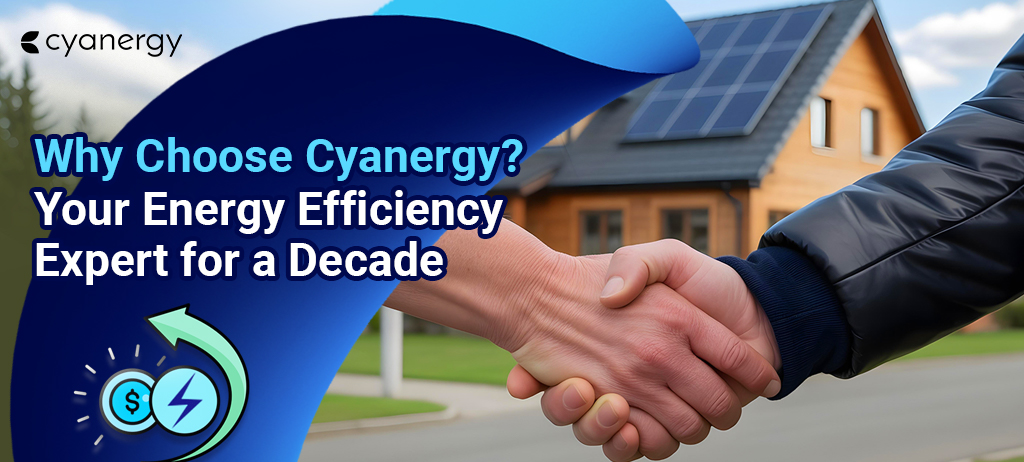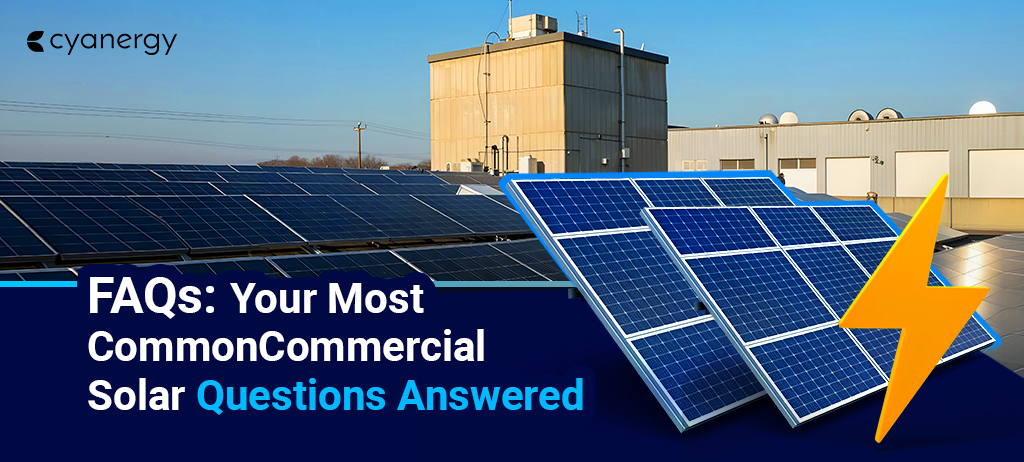Renewable Energy Procurement in Australia is becoming increasingly important for businesses because they want to be more eco-friendly and efficient. This guide details how industries can get renewable energy, like electricity, to meet their needs.
Renewable energy procurement and business sustainability in Australia go hand in hand. By using renewable energy, businesses can lessen their operations’ environmental harm.
With a Corporate Power Purchase Agreement (CPPA), businesses can buy electricity directly from green sources. It helps those sources sell their electricity at a fixed price to a reliable buyer.
Understanding Renewable Energy Procurement
What is Renewable Energy Procurement?
Renewable Energy Procurement refers to obtaining sustainable energy sources like solar power, wind, and hydropower to fulfil the energy needs of a business. It’s a strategic method aimed at fostering sustainability for the future.
Renewable Energy Procurement is all about finding and securing sustainable energy sources such as solar energy, wind, and hydro to meet the energy needs of a business.
Instead of relying solely on traditional energy sources like coal or gas, which can harm the environment, renewable energy procurement focuses on using clean and sustainable alternatives.
This approach benefits the environment and helps businesses become more sustainable in the long run.
Renewable Energy Procurement And Business Sustainability In Australia
Embracing renewable energy has several critical advantages for Australian businesses. Firstly, it facilitates reducing carbon emissions, crucial for combating climate change and preserving the environment.
By shifting to renewable energy sources, businesses can significantly decrease their carbon footprint and contribute positively to environmental conservation efforts.
Moreover, adopting renewable energy can lead to lower long-term energy costs. While initial investments are required for installing renewable energy infrastructure, operational costs are lower than traditional energy sources.
This can result in cost savings for businesses in the long term, enhancing their financial sustainability.
Renewable Energy Procurement Process in Australia

The procurement process in Australia involves several steps to obtain goods and services effectively.
Here’s an overview:
Identification of Needs:
This initial step involves identifying the goods or services required by the organization. This could be based on current needs, future projections, or specific project requirements.
Market Research:
Once the needs are identified, the organization conducts market research to understand what products or services are available in the market. This includes analyzing suppliers, evaluating their offerings, and comparing prices and quality.
Vendor Selection:
After gathering information through market research, the organization selects suitable vendors or suppliers. This decision is based on various factors such as price, quality, reliability, past performance, and compliance with regulations.
Negotiation:
Once vendors are selected, the organization enters into negotiations to finalize terms and conditions. This includes discussing prices, delivery schedules, warranties, and any other relevant contractual terms.
Contracting:
After negotiations, a formal contract is drafted outlining the terms agreed upon by both parties. The contract includes specifications, delivery dates, payment terms, warranties, and dispute resolution mechanisms.
Order Placement:
With the contract finalized, the organization places the order with the selected vendor. This may involve issuing purchase orders or signing agreements to initiate the procurement process formally.
Delivery and Inspection:
Upon receipt of the goods or completion of services, the organization inspects the delivery to ensure it meets the agreed-upon specifications and quality standards.
Payment:
Once the goods or services are accepted per the contract terms, payment is made to the vendor as per the agreed-upon payment terms.
Supplier Performance Evaluation:
After the procurement process is complete, the organization evaluates the supplier’s performance. This assessment helps identify improvement areas and maintain relationships with reliable suppliers.
Record Keeping:
Throughout the procurement process, records are maintained to document all transactions, communications, contracts, and performance evaluations. This ensures transparency, accountability, and compliance with regulations.
Primary Process in Procuring Renewable Energy:

Cost Implications:
Analyzing the financial impact, including initial investments and long-term savings, is crucial. This involves understanding the upfront costs of implementing renewable energy solutions and assessing the potential return on investment over time.
While renewable energy investments may require significant initial capital, they often result in long-term cost savings through reduced energy bills and other financial benefits.
Quality and Reliability:
Ensuring that the selected renewable energy source meets the operational needs of your business is essential for maintaining consistency and efficiency.
This involves evaluating factors such as the reliability of the technology, the availability of resources, and the capacity to meet energy demand reliably over time.
Choosing reputable vendors and technologies with a proven track record can help mitigate risks associated with quality and reliability.
Regulatory Compliance:
Understanding and adhering to Australian environmental and energy regulations are critical for ensuring legal and ethical operations.
It includes compliance with laws and regulations governing renewable energy production, emissions reductions, and environmental impact assessments.
Businesses must stay informed about regulatory requirements and ensure that their renewable energy projects meet all necessary approvals and permits to operate lawfully and responsibly.
Choose the Right Renewable Energy Source for Business
Choosing renewable energy sources for a business in Australia depends on location, energy requirements, budget, and available resources. However, some renewable energy sources that are particularly suitable for businesses in Australia include:
- Solar Power: Australia receives abundant sunlight throughout the year, making solar power a viable option for businesses nationwide. Installing solar panels on rooftops or vacant land can generate clean electricity, reduce reliance on grid power, and lower energy costs.
- Wind Power: Certain regions of Australia experience consistent and strong wind currents, making wind power a viable option for businesses in those areas.
Wind turbines can be installed on-site or as part of a community wind farm to generate electricity and reduce carbon emissions.
- Hydropower: While less commonly utilized than solar or wind power, hydropower can be a viable option for businesses near rivers, streams, or other water sources.
Small-scale hydroelectric systems can generate electricity by harnessing the energy of flowing water, providing a reliable and consistent source of renewable energy.
- Biomass Energy: Biomass energy uses organic materials such as agricultural residues, wood waste, or organic waste to generate heat or electricity.
Businesses in agricultural regions or industries with organic waste streams can consider biomass energy as a renewable energy source.
- Geothermal Energy: Although less common than other renewable energy sources, geothermal energy utilizes heat from the Earth’s core to generate electricity or provide heating and cooling.
Businesses in areas with geothermal resources may explore this option for sustainable energy production.
Ultimately, the choice of renewable energy source for a business in Australia should be based on thorough feasibility studies, considering factors such as resource availability, technology maturity, cost-effectiveness, and environmental impact.
Opportunities of the Procurement Process in Australian Renewable Energy

Advancements in Renewable Technologies:
Australian businesses must stay updated with the latest innovations in renewable energy technologies to maintain their competitiveness and sustainability in the market.
By integrating cutting-edge renewable solutions, businesses can enhance efficiency, reduce environmental impact, and attract eco-conscious consumers.
Navigating Market Volatility:
Businesses operating in the renewable energy sector need to be prepared for fluctuations in energy prices and market conditions.
By implementing risk management strategies and diversifying their energy sources, businesses can mitigate the impact of market volatility and ensure a more stable and resilient operation.
Government Support and Incentives:
Various government schemes and incentives are available to businesses transitioning to renewable energy in Australia. These incentives, such as grants, subsidies, and tax credits, can significantly reduce the financial burden of adopting renewable technologies.
Key Challenges of Renewable Energy Procurement for Australian Businesses
High Initial Investment:
One of the primary challenges for Australian businesses in procuring renewable energy is the high upfront cost associated with implementing renewable energy infrastructure.
This includes the installation of solar panels, wind turbines, or other renewable energy systems, which often require significant capital investment.
Intermittency and Reliability:
Renewable energy sources such as solar and wind power are intermittent, meaning they depend on weather conditions and time of day.
This variability can pose challenges for businesses that require consistent and reliable energy supply, particularly those with critical operations or high energy demand.
Long-term Planning and Commitment:
Transitioning to renewable energy involves long-term planning and commitment from businesses, which may require significant organizational and cultural changes.
Some businesses may be hesitant to make substantial investments or commitments to renewable energy without clear evidence of the long-term benefits and returns.
FAQs on Renewable Energy Procurement
- What are the good money outcomes for Australian businesses when they switch to renewable energy?
- Explore how it saves money over a long time, makes energy use better, and might give tax advantages.
- How can Australian businesses get renewable energy in a good way?
- A detailed plan, from checking energy use to setting up renewable energy systems.
- How does using renewable energy affect the environment and businesses in Australia?
- Talk about the good effects of nature and how it makes businesses look better to customers.
- What are the main problems when Australian businesses try to get renewable energy?
- Talk about how to solve issues like the big starting costs, finding good suppliers, and keeping up with new technology.
- How do businesses pick the best renewable energy type in Australia?
- Tips on understanding energy needs, learning about different renewable options, and choosing the right one.







